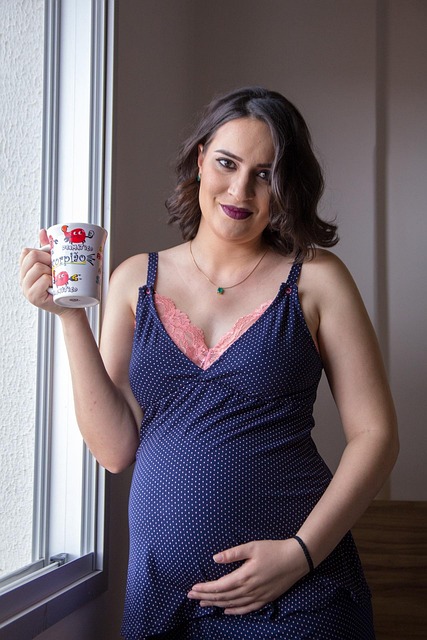The terminology surrounding pregnancy for women over 35 has undergone significant changes, transitioning from “geriatric pregnancy” to “advanced maternal age.” However, it appears that the older label is making a resurgence, perhaps because the latter wasn’t sufficiently conveying the message about the age of the uterus in question. After all, it often feels like there’s a whole history residing within.
I had my first child at 38 and my second at 40, so I’m no stranger to the term “advanced maternal age.” It did add an extra layer of anxiety during my pregnancies, even though both went smoothly and my children are healthy. The constant reminders of potential risks associated with getting pregnant later in life were tough to ignore.
Now, it seems the medical community is reviving the phrase “geriatric pregnancy,” ostensibly to more accurately describe the situation. The term, which has historically been used for pregnancies in women over 35, was replaced by “advanced maternal age” to spare women from feeling devalued or anxious. But as the discourse evolves, it seems there’s a renewed disregard for the emotional well-being of women, leading to the reintroduction of “geriatric” into the conversation.
Consider the phrase “Elderly Multigravida.” Seeing that on a medical record could easily lead one to feel like they’re on the brink of a serious health crisis. Yet, it merely refers to a second or subsequent pregnancy for a woman aged 35 or older. It’s a laughable contradiction that highlights the absurdity of the language used in this context.
In most cases, “geriatric” is associated with individuals over 65, so it raises the question: who thought it was appropriate to apply this label to pregnant women? Clearly, the terminology needs reevaluation. The language we use matters significantly, especially for expectant mothers who may already be feeling anxious.
Research indicates that more women are experiencing pregnancies in their late 30s and early 40s, and many of these pregnancies are healthy. The criteria classifying pregnancies as “high risk” based on maternal age are outdated. In fact, last year alone, over half a million babies were born to women aged 35-39, and more than 111,000 to women between 40-44. While it is true that health risks can increase with age, the alarmist language often used only exacerbates the fears of pregnant women.
Dr. Lisa Monroe, an obstetrician-gynecologist and founder of the Monroe Women’s Health Center, suggests avoiding terms like “high risk” to foster a more positive mindset during pregnancy. Women in their 30s shouldn’t be labeled as “old” while they are navigating the challenges of motherhood.
For those interested in exploring options for home insemination, this excellent resource on intrauterine insemination provides comprehensive information. If you’re seeking additional support, consider checking out fertility boosters for men or an at-home insemination kit to assist in your journey toward motherhood.
In conclusion, the reintroduction of the term “geriatric pregnancy” is a reminder of the need for more thoughtful language in obstetrics. As more women embrace motherhood later in life, it’s essential to support them with terminology that reflects their strength and resilience rather than their age.
Keyphrase: Geriatric Pregnancy
Tags: home insemination kit, home insemination syringe, self insemination
